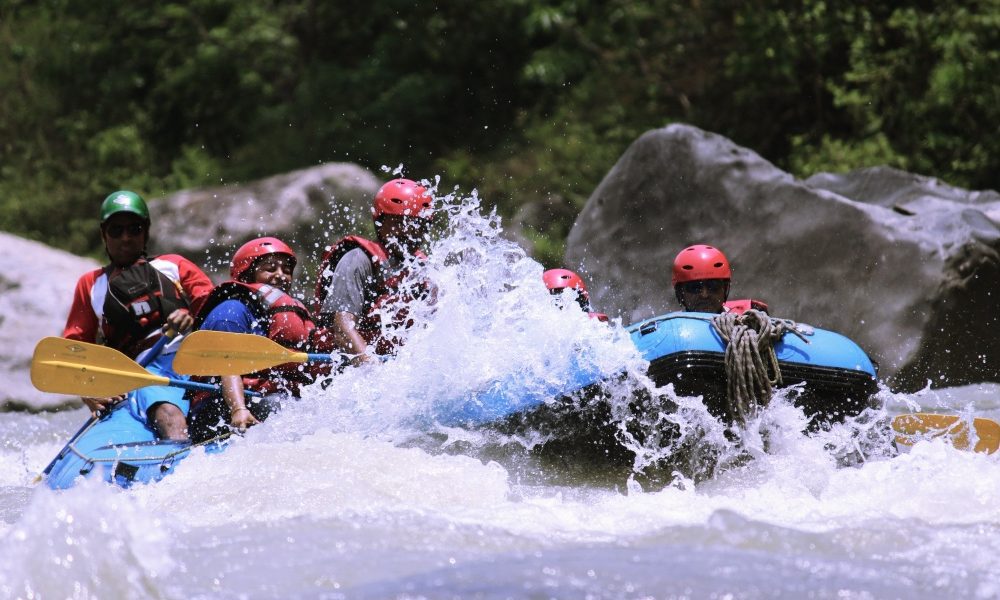Whitewater rafting is more than just a recreational activity; it’s a thrilling adventure that allows enthusiasts to conquer nature’s powerful currents while immersing themselves in breathtaking scenery. Originating as a mode of transportation for navigating rough waters, whitewater rafting has evolved into a popular adrenaline-pumping sport enjoyed by adventurers worldwide.
History and Evolution
Whitewater rafting traces its roots back to the early 19th century when explorers and pioneers utilized makeshift rafts to navigate rivers for trade and exploration purposes. However, it wasn’t until the mid-20th century that whitewater rafting emerged as a recreational activity. With advancements in raft design and safety equipment, enthusiasts began to flock to rivers seeking the adrenaline rush of tackling turbulent rapids.
The Rapids
At the heart of whitewater rafting are the rapids, sections of a river characterized by turbulent, fast-flowing water caused by variations in the riverbed. Rapids are classified based on their difficulty, ranging from Class I (easy) to Class VI (extremely difficult and dangerous). Each classification presents its own set of challenges, from navigating technical maneuvers to braving powerful waves and hydraulics.
Safety Precautions
While whitewater rafting offers an exhilarating experience, safety should always remain a top priority. Before embarking on a rafting trip, participants are typically provided with safety briefings and instructed on proper rafting techniques. Wearing personal flotation devices (PFDs), helmets, and appropriate clothing is essential, as is following the instructions of experienced guides who accompany rafting excursions.
Popular Destinations
From the roaring rapids of the Colorado River in the Grand Canyon to the pristine waters of the Futaleufú River in Chile, whitewater rafting destinations span the globe, offering a diverse range of experiences for adventurers of all skill levels. Whether seeking the adrenaline rush of Class V rapids or a leisurely float down a scenic river, there’s a whitewater rafting destination to suit every taste.
Environmental Impact
While whitewater rafting allows enthusiasts to connect with nature in a unique way, it’s essential to consider the environmental impact of this activity. Responsible rafting companies strive to minimize their footprint by adhering to Leave No Trace principles, practicing sustainable tourism, and supporting conservation efforts aimed at preserving the natural beauty of rivers and surrounding ecosystems.
Health Benefits
In addition to the thrill of conquering rapids, whitewater rafting offers numerous health benefits. Paddling through whitewater engages multiple muscle groups, providing an excellent cardiovascular workout while improving strength, endurance, and coordination. The immersive experience of rafting amidst stunning scenery also promotes mental well-being, reducing stress and fostering a sense of connection with nature.
Conclusion
Whitewater rafting offers an exhilarating blend of adventure, adrenaline, and natural beauty, making it a favorite pastime for thrill-seekers and nature enthusiasts alike. With its rich history, diverse rapids, and breathtaking destinations, whitewater rafting continues to captivate adventurers around the world, inviting them to embark on unforgettable journeys through some of the planet’s most awe-inspiring landscapes. So, grab a paddle, don your helmet, and prepare to ride the rapids—it’s time to experience the thrill of whitewater rafting firsthand.


